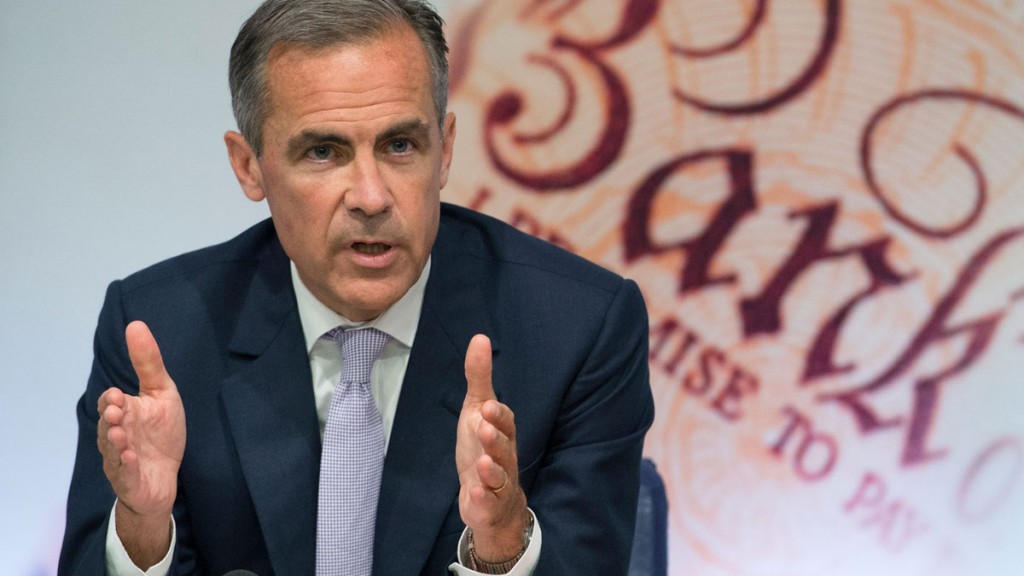
There’s a note just out from the Bank of England that gives a neat clue into just why modern monetary policy might not be working as the models suggest it should.
The document in question is here and the key point this: “when asked about how they might respond to a hypothetical further fall in mortgage payments, households reported that paying off debt and saving more were likely to be a more common response than increasing spending” – 45% said they would save more, 50% said they would use money saved on mortgage payments to pay down debt and a mere 10% said they would up their spending.
This is not how it is supposed to be. As the Bank of England points out, “economic theory suggests that a fall in interest rates should lead to higher household spending because lower returns on savings decrease the amount of future consumption that can be achieved by sacrificing a given amount of spending today.”
That means that the lower rates go, the more it makes sense to spend today – either from cash you already have or from newly borrowed money – rather than tomorrow. Or the more the monetary models think it makes sense for you to spend today.
The fact is that reality doesn’t match the model at the moment (perhaps because uncertainty scares us, perhaps because pensions are so much less generous than they were, perhaps because we know the state is broke, or perhaps just because aging populations like paying off debts).
It is something we think about a lot at MoneyWeek. It leads us to think two things: it is time to update our models of how the modern economy works; and monetary policy is too loose – interest rates are too low.
And we can’t help but wonder why – given that this is its own research – the Bank of England constantly reaches the opposite conclusion.